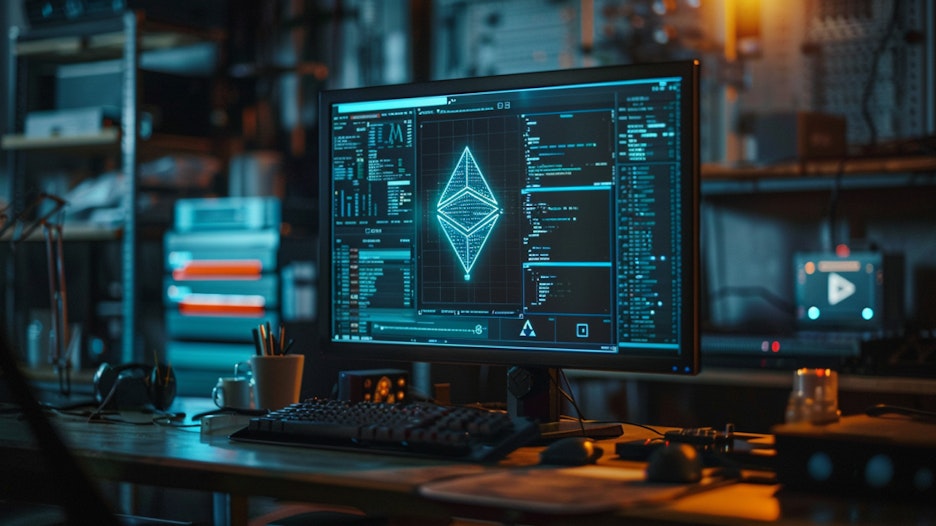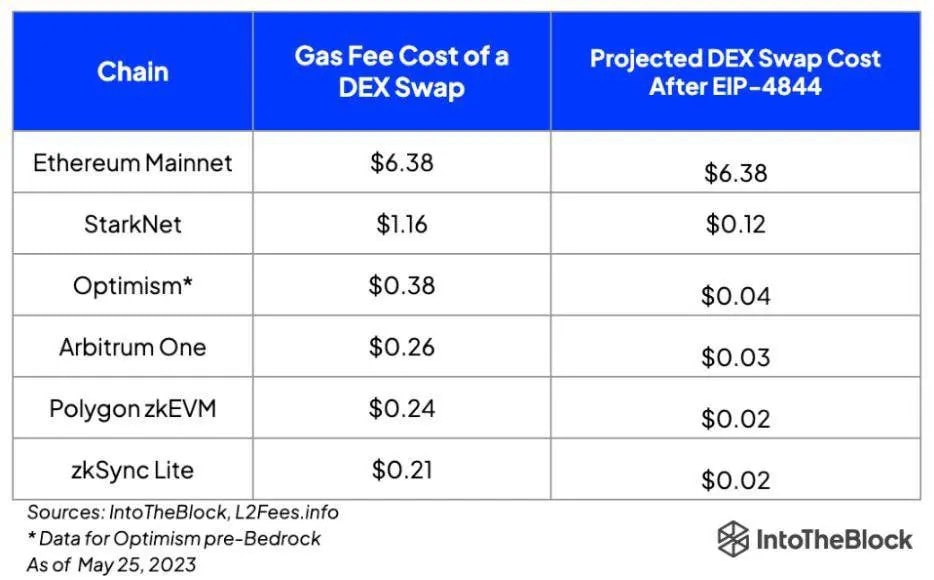News - Ethereum Dencun: The next big ETH upgrade and its implications
By
Ethereum Dencun: The next big ETH upgrade and its implications
The Ethereum network is about to make its biggest upgrade since switching to Proof of Stake (PoS). The so-called Dencun upgrade, which involves several major network changes, was recently successfully implemented on the ETH-Sepolia test network. This milestone paves the way for the launch of the upgrade on the ETH mainchain, which will have profound implications for the entire Ethereum ecosystem.
What is the Ethereum Dencun upgrade?
The Dencun upgrade is a series of improvements to the Ethereum network aimed at increasing efficiency, scalability and usability. A central part of the upgrade is the Ethereum Improvement Proposal (EIP) 4844, which aims to reduce transaction costs and increase the data processing capacity of the network.
The most important part of this upgrade is the introduction of a new type of transaction, called the blob transaction, which allows large amounts of data to be bundled into a type of compressed data package called a "blob." These blobs are much cheaper to store than the previous method of handling data in transactions. What is special about blobs is that although they are part of the blockchain's data structure, they are not directly processed by the Ethereum Virtual Machine (EVM). Instead, only a reference to the blob enters the EVM, executing smart contracts and transactions. This approach reduces the amount of data to be processed in each transaction and thus lowers the cost.
An illustrative example of blob transactions can be compared to shipping goods in logistics. Just as goods are bundled into a container to save transportation costs, blob transactions in the Ethereum network bundle large amounts of transaction data into a single "container" - or blob. This bundling allows a lot of data to be stored together at a fraction of the cost. This effectively lowers the gas costs associated with executing transactions on the Ethereum blockchain.
Why is the Dencun upgrade so important for Ethereum?
The importance of the Dencun upgrade to ETH can hardly be overstated. It addresses fundamental challenges such as high gas costs and limited scalability - two factors that have previously inhibited Ethereum's growth and wider adoption. This increase in efficiency is predicted to dramatically reduce transaction costs on layer 2 networks such as Arbitrum, Starknet, Optimism and others, which can increase tenfold after implementation.
Current transaction costs on various layer 2 networks I Source: IntoTheBlock
This cost structure adjustment means that Ethereum L2 networks could soon be as cheap as the blockchain networks of Cardano, BNB Chain, Avalanche and Solana. The upgrade should therefore not only strengthen Ethereum's technological leadership position, but also significantly increase the network's accessibility and profitability for a broader user base.
Which projects and tokens will benefit?
Therefore, the Dencun upgrade is particularly bullish for layer 2 networks. This is due to the following three factors:
Cost reduction: The introduction of blob transactions will lower the gas cost for L2 networks such as Arbitrum. This is because blob transactions allow layer 2 networks to store their off-chain processed transactions on the Ethereum mainchain at a lower cost than before.
Increased scalability: L2s can process more transactions per second with EIP-4844. This is because the improved way they store their transactions on the Ethereum mainchain frees up more transaction capacity.
More safety: EIP-4844 introduces a new security model that increases the security of layer 2 solutions such as Arbitrum. It makes it more difficult for malicious actors to manipulate these networks.
The EIP-4844 upgrade thus makes ETH-L2 networks especially attractive to users and developers. Therefore, it does not seem far-fetched that its adoption will be further boosted by the upgrade. This should especially benefit token prices of L2 heavyweights such as ARB, POL and OP in the coming months.
When will Dencun go live on the Ethereum mainchain?
After the successful test on the Sepolia test network, the Holesky test network is now the next step. If this test is also successful, the Dencun upgrade is prediction to be implemented on the Ethereum mainchain in March 2024.
Christine Kim, head of research at Galaxy Digital, estimates 70 percent chance that the upgrade will be implemented in March. Her estimate is based on successful testing on the Sepolia network. A successful test on the Holesky test network next week could further increase this probability.







